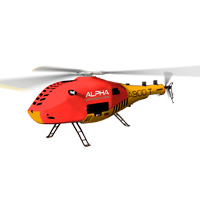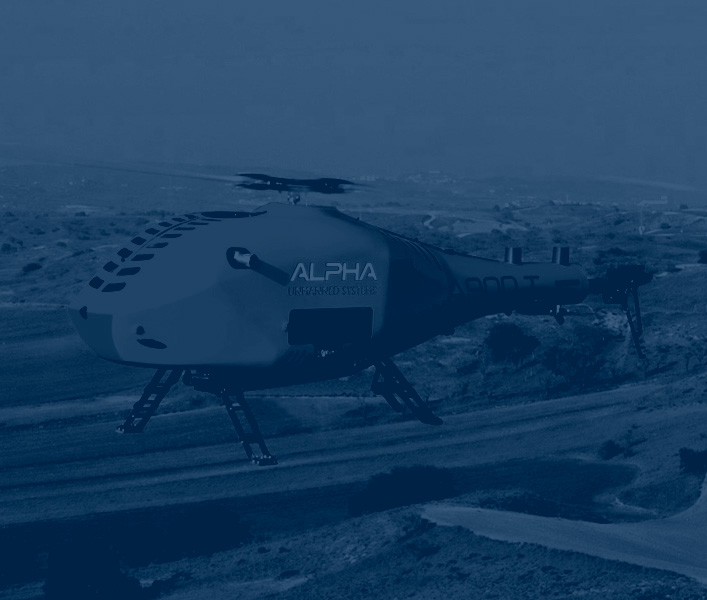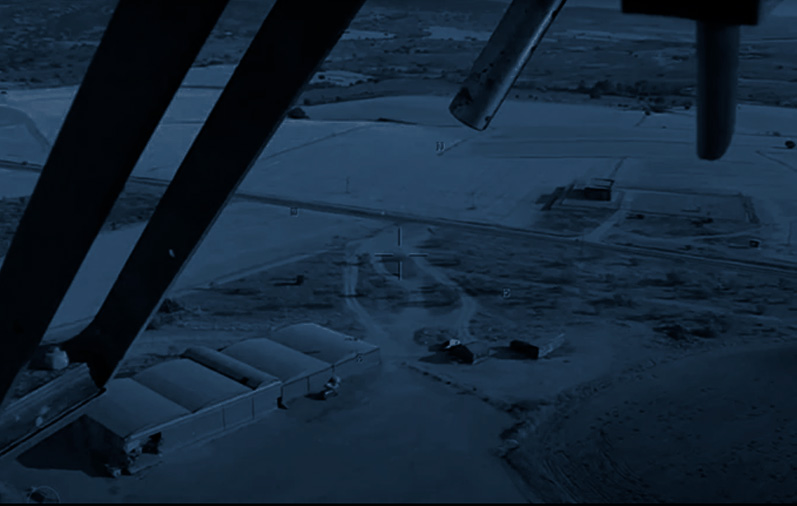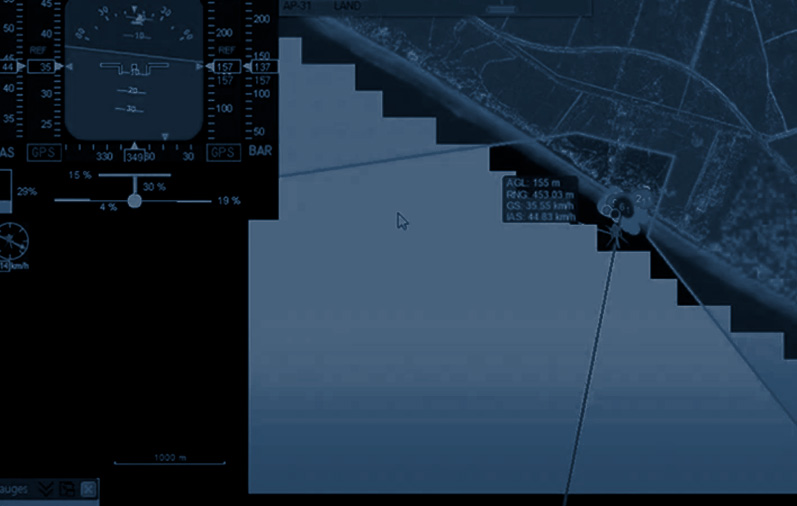In modern civil and military operations, the ability to gather accurate and real-time intelligence is critical. Alpha Unmanned Systems’ UAV helicopters are equipped with a suite of advanced sensors that significantly enhance situational awareness, reconnaissance, and operational effectiveness. This technology provides a strategic advantage by delivering comprehensive data and analysis capabilities across diverse and challenging environments.
Most Common Types of Sensors and Their Applications
- High-Resolution Cameras
Capture high-definition images and videos for detailed visual analysis and intelligence gathering.

Applications:
Reconnaissance and Surveillance: Perform detailed surveillance of target positions, movement, and installations, providing actionable intelligence.
Battle Damage Assessment: Evaluate the impact of military strikes and effectiveness of operations, enabling real-time tactical adjustments.
Border Security & Maritime Domain Awareness: Monitor large areas for unauthorized incursions, breaches, or suspicious activities.
2. Thermal Cameras
Thermal cameras detect infrared radiation emitted by objects, allowing the visualization of temperature differentials that are otherwise invisible.
Applications:
Target Identification: Detect and identify heat signatures of personnel and vehicles, even in camouflaged or obscured environments.
Surveillance and Reconnaissance: Monitor activities in low visibility conditions, such as night operations or dense foliage.
Search and Rescue: Locate and track missing or injured personnel in complex terrain or adverse weather conditions.
3. LiDAR (Light Detection and Ranging)
Uses laser pulses to measure distances and generate highly accurate three-dimensional models of the environment.
Applications:
Terrain Mapping: Create detailed terrain maps for mission planning, obstacle detection, and navigation in unfamiliar or hostile environments.
Counter-IED Operations: Detect and map potential improvised explosive device (IED) placements by identifying changes in terrain and infrastructure.
Infrastructure Inspection: Assess and model structures such as bridges, buildings, and fortifications to plan tactical maneuvers or demolition.
4. IMSI Capture
IMSI (International Mobile Subscriber Identity) capture devices intercept and identify mobile phone signals, gathering unique identifiers from cellular devices.

Applications:
Search and Rescue: This system allows rescue teams during SAR operations to communicate with the missing person – without the victim taking any action. This way, the rescue team is able to quickly access important information such as the state of the victim or if there are immediate medical needs.
Signal Intelligence (SIGINT): Intercept and analyze mobile communications to track movements, gather intelligence on enemy communications, and identify targets.
Tactical Operations: Support operations by locating and identifying hostile forces or high-value targets through their mobile devices.
Electronic Warfare: Disrupt or monitor enemy communication networks by capturing IMSI numbers and using them for targeted electronic countermeasures.






















